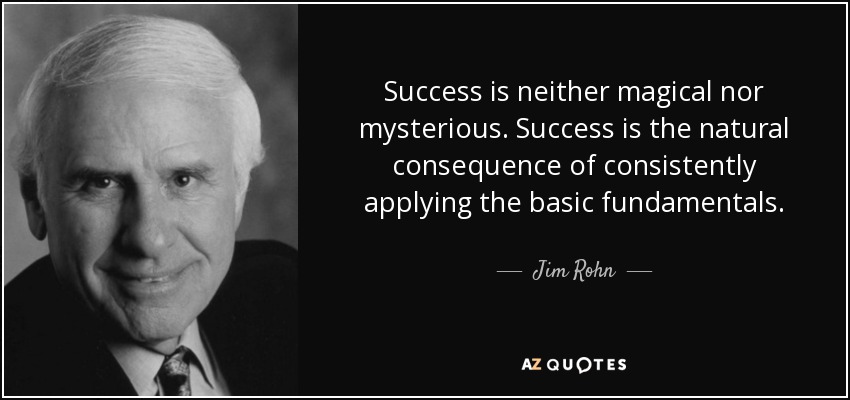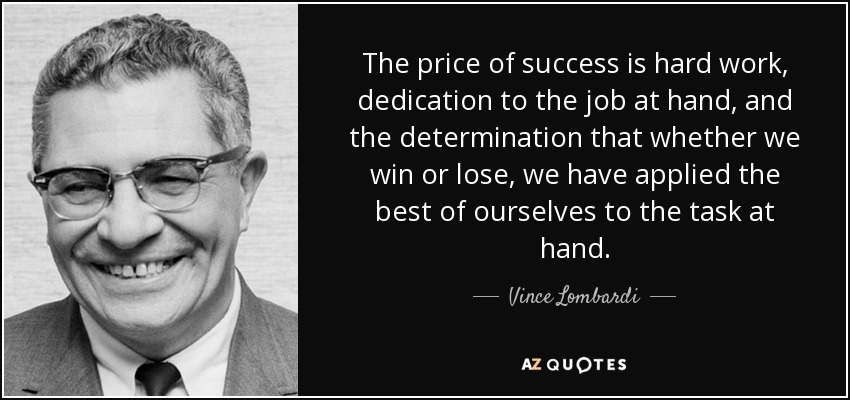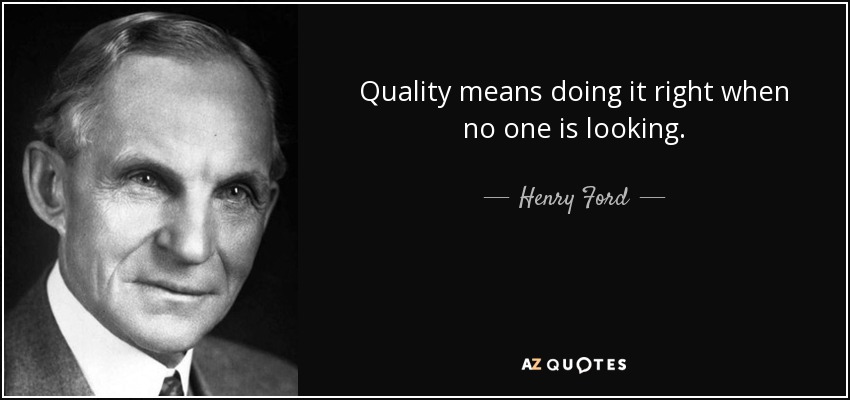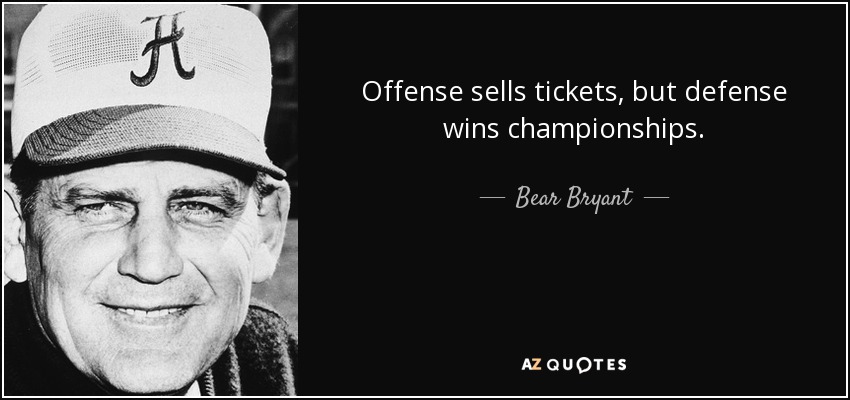Click here to return to Blog Post Intro

Is quality really the driving force behind your brand? Does it really shape everything you do?
Have you asked your customers what they want? For some ice cream makers, they focus on selling their ice cream, and not much else.
When it comes to innovation—coming up with great new products or technology or ideas—American companies are the best in the world, hands down. Innovation is part of our DNA. That’s not true in other countries.
But when it comes to quality, to the constant, continual daily efforts to improve a product or service, to really ensure that it meets exacting standards every time, and thereby builds lasting loyalty, we falter. It’s like the story of the tortoise and the hare—and we’re the hare, leading the race with our innovations. But eventually the tortoise catches up, just as your competitors catch up to your new flavors and pass you by with constant, incremental improvements, simply because they make quality the priority in everything they do.
Excellence starts with helping others as much as you can—every day. Excellence isn’t a task or chore we perform to sell something. It’s a passion to help others that restores us in the process.
The first step is to start talking to and taking care of the people who have taken care of you. It all comes down to taking care of those who matter to you. Because business, any business, is about people—the people you work with, and the customers you sell to.
Profits are the result, the by-product of great service, great quality, great teamwork—not an end in themselves.
Lesson #1: Your Two Customers
Every company has two kinds of customers, those outside the company, and those inside the company.
And your first customers are your internal ones—your employees or coworkers. If you don’t take care of your employees, you can’t expect them to take care of your customers outside of the company.
When you need to hire someone, put your entire team to work on it. Screen the applicants, interview the finalists, then pick one new candidate, by majority vote, for a one-month trial. After that month, vote again. That way, each employee feels a sense of ownership over their workplace, and the people they work with.
If you give your employees responsibility, and treat them as the important parts of your business that they are—they respond. Give them the right tools and training, encouragement and compensation, give them the opportunity to be heard, and they’ll be more engaged in their work and more invested in your business. When you set up the right systems, teammates push each other far harder than you could ever push them. And the better you treat your employees, the better they treat your customers.
Quality starts with strong leadership. It starts with listening more closely to your workers, and to your customers.
Someone once asked Jack Nicklaus, one of the greatest golfers of all time, how often he looked at the leaderboard to see his score and those of his opponents during a tournament. He replied that he never looked at the scoreboard until the final day of a tournament. Why? Because if you think about your score, you’ll lose your focus on how you achieve a good score—by playing well. Whereas if you focus on the things you need to do to get a good score—swinging smoothly, paying attention to the wind and the slope of the green and the pin placement—the score will take care of itself.
That’s how it is with business. If we just keep taking care of our people—our internal customers—and do the things we need to do to satisfy our external customers and make their experience the best we can possibly make it, the profits take care of themselves. But the second you start focusing solely on profits, you will lose track of your customers’ needs, and the profits disappear.
Listen, Enrich, and Optimize.
Listen to your customers, enrich the products or services you offer, and optimize the customer experience.
First, you motivate your workforce by showing them how important they are. Second, if you’re in business, you’re in service.
Listen
With LEO, the first step is to listen. Listen to your clients or customers, both your internal and your external customers. Find out what they need, what they want.
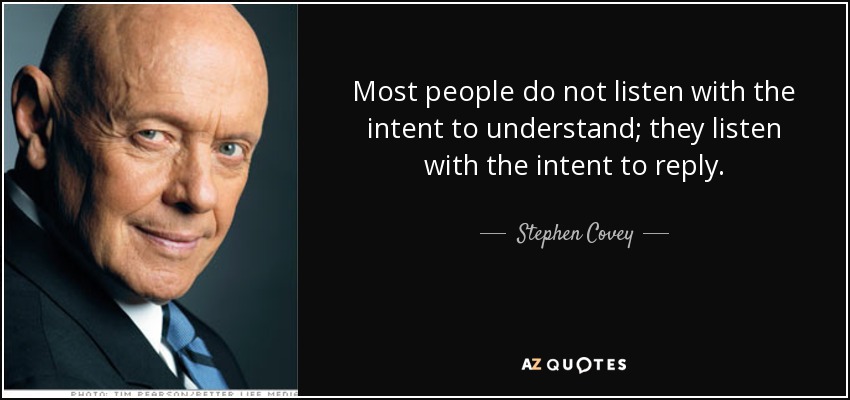
Every company says it listens, but few really do. Too often, they end up with Deejay Syndrome, which is best explained this way, “As a deejay, I’d play all the songs I liked, assuming everyone else would like them, too, if they had any taste. My boss, who’d worked at a major radio station in the city, told me that was the biggest and most common mistake of deejays—and also the biggest ratings killer. He told me it wasn’t my job to make people like my music. It’s my job to play the music they wanted. And you find that out only by asking them.”
Our mission is to give our customers what they want.
Quality is defined by the customer. And you can get their definition only by listening to them. So point number one is listen to what your customers want instead of just giving them what you think they want.
The second need has to do with performance. When a customer requests a certain product or service, it must do what it is expected to do. It must perform as promised.
The third customer need is excitement—giving customers that extra something that gets their attention, that delights them, and makes your product or service stand out.
Most companies in America are better at delivering “excitement”—the flash and sizzle—than they are at providing the customer’s “basic” needs.
It’s fun to make the flashy play. Everyone loves to hit home runs. There isn’t as much excitement in successfully fielding a ground ball. Yet if you can’t make the routine plays, the occasional home run isn’t going to help you.
Your most important policy is: Help people! Help your customers. Doesn’t matter whether you make cars, or sell groceries, whether your customer is another business or the general consumer.
You need to put aside your concerns about making your sales quota or increasing revenues, and think about taking care of the people who are your customers. Companies that do that will make more than enough money—and feel good in the process.
When we’re listening to our customers as well as we should, they help guide us on how to meet their changing needs and desires. After all, no company can keep doing the same things for people that they did six years ago—or even six months ago!
The more specific we discover our customers’ desires are, the more nuanced our solutions must be.
Enrich
The second part of LEO—enrichment. It’s not enough to just listen to our customers. You must respond to them by enriching their experience and perception of your store, products, and services. And to do so, you need new ideas and innovators. Enrichment involves everyone.
Borrow the best ideas from lots of places. Constantly seek ways to improve what you do, to better serve your customers and make their experience a good one. Come up with ways to do things faster, better, and more efficiently, and ultimately that leads to more customers, more satisfied customers, and greater profits.
If you want to stay ahead in your business, whatever business you’re in, you need to keep reinventing the wheel. To keep ahead of the competition, you need to be thinking about how to improve your product and service every day.
Success comes down to three things:
- A strong desire to change how to do things whenever you see something you can do better;
- A willingness to think outside the box to come up with the best possible solution;
- An urge to improve everything you do, which means being attentive to every last detail.
You want all of your employees thinking that way. Making quality part of everything you do doesn’t just happen as a result of good intentions and a clever slogan. Quality isn’t some vague value you achieve simply by cheering your workers on. You have to first ask them what’s working and what isn’t. And then you have to give them the kind of tools and incentives that allow them to achieve what works.
If you listen to what your customers want, and you find innovative ways to enrich your business, what’s next?
Optimize
The next step is to optimize what you’re doing. Not just improve—optimize. How do you do that? By striving for perfection.
To achieve perfection, you need to do several things:
- Recognize the price of failure. If you fail, your business, or division, may falter. This is not for the faint of heart.
- Do it right the first time. That means planning for perfection from the very beginning, instead of looking for good enough and then fixing things after the fact. In other words, preventing fires, not fighting them.
- Get absolutely dogged on the details.
- Develop a sense of “productive paranoia.” This was a favorite phrase of legendary Intel chairman Andy Grove:
- Instill in everyone on your team a passion for perfection, every minute of the day. You need to transform it from a task into a mission, and you need to be very honest about how you are doing and about what you need to do to be the best.
American business suffers from a national disease. We often achieve excellence, but we can’t seem to maintain it! While it’s exciting to build something new, we can’t sustain excellence unless we find the energy and skills and motivation to maintain excellence—quality—in everything that we do.
We need to recognize the price of failure. When you realize how painful and costly it is to fall short of perfection, the passion you need to prevent failure grows.
People often say, “Don’t sweat the small stuff.” That might be a good approach to downplaying the small irritations and stresses of life, but it’s a horrible approach to running a business. When you’re operating a space shuttle, the small stuff is the big stuff! Taking care of the small stuff may not be life and death for us, but it can be, and often is, the difference between selling our VCRs, and letting the Japanese do it for us.
The only solution to this is to make perfection a part of your company’s mission.
If you’re an ice cream maker who spends more time and money at the outset to get your ice cream right, you’ll save a ton of time, and profits, in the long run. Sometimes, real quality is invisible. If your products, and service, are flawless, people rarely talk about it. But the costs of poor quality are tangible, and their effect will cost you money, customers, and ultimately the success of your business.
Start by putting less emphasis on company firemen—the guys who are solving the problems or flare-ups that happen at every company every day—and more emphasis on fire marshals, the people who prevent them from ever occurring.
If you want to get rid of the big problems, first get rid of the small problems.
Vince Lombardi’s Super Bowl champion Green Bay Packers were always the best-dressed team in the league when they traveled. Lombardi was convinced that by dressing and behaving as the classiest team in the league, with the highest standards on and off the field, the attitude sunk in that they were different, that they were special. And they brought that attitude onto the field every Sunday.
It helps to be constantly looking over your shoulders, being aware of what your competitors and other businesses are doing, and thinking about what else you can be doing for your customers. A bit of paranoia can be a tremendous motivator. The worst thing you can do is become complacent.
It’s easy to convince yourself you’re doing well and block out the bad news or warning signs that would help your current cause when you start to lose your way.
Remember, quality is defined by the customer, not by you. The real measure for companies is not how they function at their best, on the basis of a single product or particularly good service one day, but how they do at their worst.
Your goal is to instill the virtues of sustained excellence.
Consider golfers. The great ones’ worst days are better than the average golfer’s best day, and that’s what makes them great.
There are forces that will work to erode what you’ve built and return your organization to mediocrity, so you need to focus on “rebuilding” rather than “maintaining.” If you don’t battle it and continue to build, entropy kicks in. So, battle it! But the real key isn’t so much to fix things as it is to design them right in the first place so that problems don’t occur.
Quality is cheaper in the long run than “good enough.” The fact is, when you do things right the first time, you never have to do it twice. Your return on investment skyrockets.
In our culture, the defenders are still unsung heroes. We like offense. We celebrate the home run hitters, not the fielders; the shooters, not the rebounders; and the quarterbacks, not the cornerbacks. But the best teams have great defenses.
And quality is the strongest defense there is in business.



